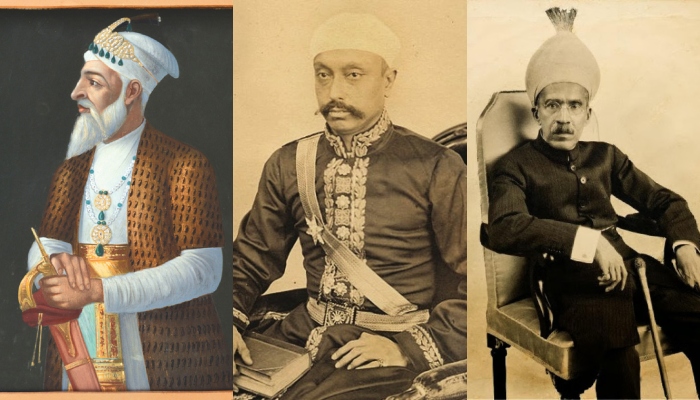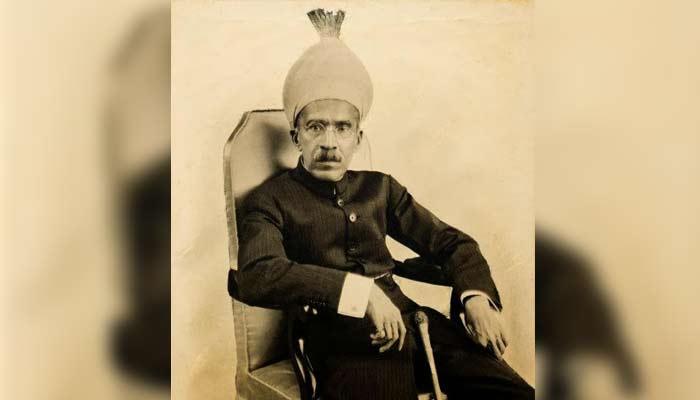[ad_1]

The reign of hereditary rulers of Hyderabad, India, who were commonly called Nizam, lasted two centuries and was renowned for their opulence, prosperity, and foresighted development.
Their extravagant wealth, majestic palaces, and expensive possessions have been etched in India’s history.
Here are some of the richest rulers of Hyderabad from the Nizam dynasty, also known as the Asaf Jahi dynasty.
Asaf Jah

Mir Qamar-ud-din Khan, Hyderabad’s first Nizam, Siddiqi Bayafandi, also known as Asaf Jah, was born in 1802 and was a commander in the Mughal Empire.
The Asaf Jahi dynasty was formed by the Nizam in 1724, when autonomous control over the Deccan region was established. The subsequent rulers were known as Asaf Jahi Nizams.
Their main source of income was Hyderabad’s famed Golconda mines, which supplied diamonds to the world market.
Salar Jung I

The Indian aristocrat Sir Mir Turab Ali Khan, known as Salar Jung I, was Hyderabad State’s prime minister from 1853 to 1883.
He had implemented various administrative reforms, including the establishment of modern educational institutions, rail and telegraph networks, and the restructuring of judicial and revenue systems.
During a trip to France and Rome, he collected rare sculptures and art which are housed in the Salar Jung Museum.
Mir Osman Ali Khan Bahadur Asaf Jah VII

The wealth of Osman Ali Khan, who ascended the throne of Hyderabad at the age of 25 in 1911, accounted for 2% of the US GDP.
He also earned from the Golconda mines and had his own currency, a private airline, 400 million pounds of jewels, and 100 million pounds of gold.
He also gifted Queen Elizabeth II a necklace set with 300 diamonds and used a diamond worth millions as a paperweight.
His wealth in the 1940s was believed to be over INR17 billion, equivalent to more than two trillion Indian Rupees in 2023.
Azmet Jah

Prince Mukarram Jah, the ninth and final formal Nizam of Hyderabad, is succeeded by his son Mir Muhammad Azmat Ali Khan.
Azmet Jah doesn’t hold the title of Nizam IX because the Indian government abolished titles in 1971, the Financial Express reported.
However, he had taken over Nizam Trusts at his father’s request in addition to a number of other duties.
He inherited a number of palaces, including Hyderabad’s famous Falaknuma Palace and a 12 kg gold mohur, the heaviest gold coin ever produced.
According to The Wire, the government had paid his father a pitiful sum of $22 million in 2002 for the jewel.
[ad_2]
Source link
